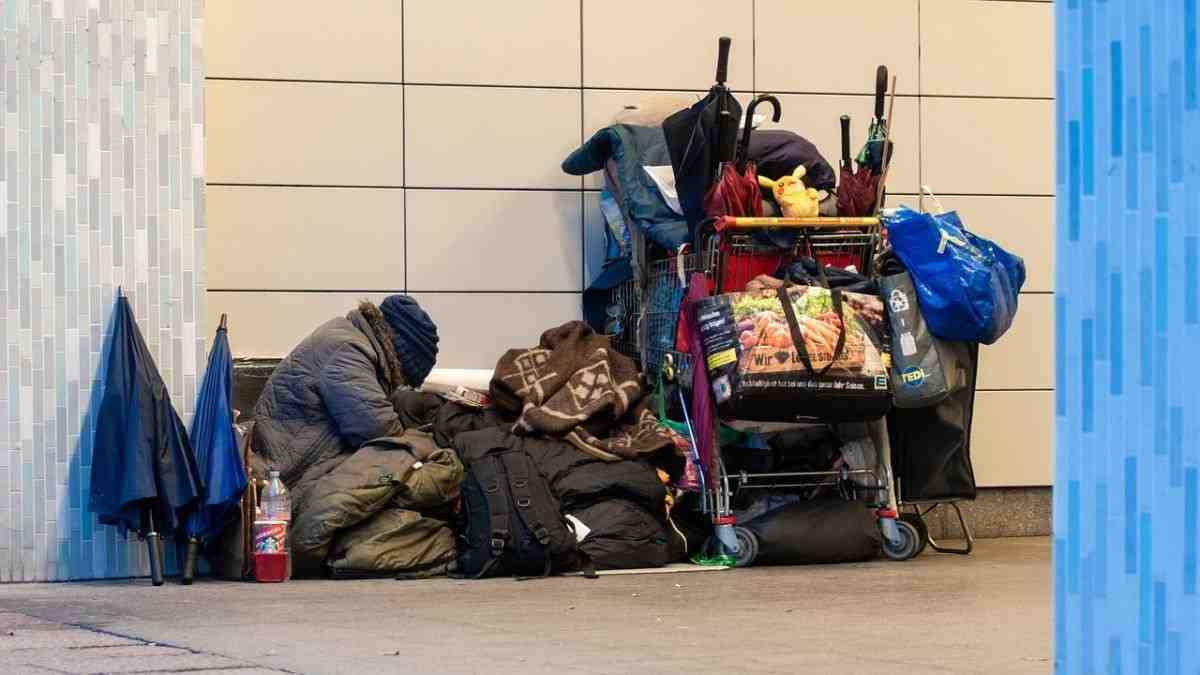
Homelessness in the United States surged to a record high in 2024, with an alarming 18% increase that brought the total number of homeless individuals to over 770,000. This crisis is largely driven by a severe lack of affordable housing, escalating rents, the conclusion of pandemic-related assistance, and the impact of natural disasters and migrant arrivals.
Key Drivers of the Homelessness Crisis in the U.S.
- Affordable Housing Crisis:
Rising housing costs are at the forefront of this issue. Median rents in January 2024 were approximately 20% higher than those in January 2021. The shortage of affordable housing has left countless families without stable shelter. - Impact of Natural Disasters:
Catastrophic events like the Maui wildfires displaced thousands, contributing significantly to the growing homeless population. On the night of the annual count, over 5,200 individuals were in emergency shelters in Hawaii alone. - Family Homelessness Spike:
Family homelessness saw a dramatic 40% rise, particularly in urban areas overwhelmed by migrant arrivals, such as New York City, Chicago, and Denver. - Economic Pressures Post-Pandemic:
The expiration of government assistance programs, which had temporarily stabilized housing during the pandemic, has left many vulnerable households unable to cope with rising living costs.
HUD’s 2024 Annual Homelessness Report: Startling Numbers
According to the U.S. Department of Housing and Urban Development (HUD), federally mandated counts in January 2024 identified over 770,000 homeless individuals—equivalent to 23 out of every 10,000 Americans. Notably:
- Children and Families: Nearly 150,000 children were homeless on a single night, marking a 33% increase from 2023.
- Racial Disparities: Black Americans remain disproportionately represented in the homeless population.
- Veteran Homelessness: A bright spot, homelessness among veterans declined by 8%, with unsheltered veterans seeing an 11% drop.
Homelessness in Key States
- California: Continues to lead with the largest homeless population, surpassing 150,000.
- Washington: Homelessness rose 12.5% to 31,554 individuals. The state reported a staggering 56% increase in chronic homelessness, the highest in the nation.
- New York, Florida, and Massachusetts: Also reported significant numbers, further highlighting the nationwide crisis.
Addressing the Crisis: Federal and Local Efforts
HUD and advocacy groups stress the importance of increased investment in affordable housing and evidence-based solutions. Targeted interventions in cities like Dallas and Los Angeles have yielded measurable successes, with Dallas reporting a 16% drop in homelessness between 2022 and 2024.
Expert Insights and Solutions
Renee Willis, interim CEO of the National Low Income Housing Coalition, emphasized the need for investments in affordable housing:
“Increased homelessness is the tragic, yet predictable, consequence of underinvesting in resources that help people maintain safe housing.”
Meanwhile, Robert Marbut Jr., former executive director of the U.S. Interagency Council on Homelessness, advocates for a focus on substance abuse treatment, mental health support, and job training to address the root causes.
Encampment Issues and Public Policy
Communities across the U.S. have been adopting stricter measures to address encampments. Western states, in particular, are enforcing camping bans, spurred by public demand for safer and cleaner public spaces. The Supreme Court’s recent ruling has clarified that such bans do not violate constitutional rights.
